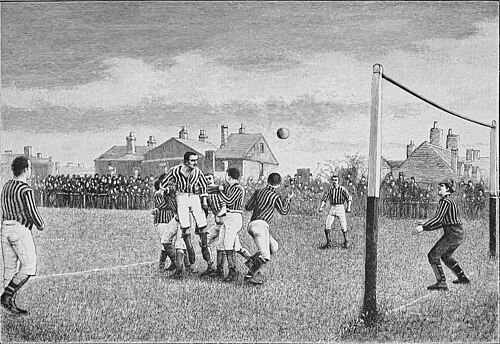
An energetic runner strides confidently along a scenic trail, embodying focus, determination, and the pursuit of endurance
Building endurance for running doesn’t have to be complicated. With the right approach, anyone can improve their stamina and run longer distances. Here’s a personalized five-step guide to help you achieve your goal : Build endurance for running.
Start Slow and Build Consistency
- Why It Works: Running consistently trains your body to adapt and build endurance over time.
- How to Apply: Begin with short, manageable runs 3–4 times a week. If you’re a beginner, alternate between running and walking to ease into the habit. Gradually increase your running time and distance each week.
Incorporate Long Runs
- Why It Works: Long runs help improve your aerobic capacity, the foundation of endurance.
- How to Apply: Dedicate one day each week to a longer run at a slower, comfortable pace. Start with a distance that feels challenging but achievable, and increase it by 0.5–1 mile weekly.
GET OUR BEST SPORT ACCESSORIES AND SUPPORT US
Add Interval Training
- Why It Works: Short bursts of intense running followed by recovery improve your cardiovascular fitness and stamina.
- How to Apply: During one run a week, alternate between 1–2 minutes of fast running and 2–3 minutes of slower jogging or walking. Repeat this cycle 6–8 times to boost your endurance and speed.
Fuel Your Body Properly
- Why It Works: Proper nutrition and hydration provide the energy and recovery you need to sustain longer runs.
- How to Apply: Eat a balanced diet with plenty of carbohydrates, lean protein, and healthy fats. Drink water throughout the day and consider electrolyte supplements for longer runs. For runs over an hour, bring a snack or energy gel to stay fueled.
Prioritize Rest and Recovery
- Why It Works: Your body needs time to repair and adapt to the stress of running, which is essential for building endurance.
- How to Apply: Include at least one rest day per week and get plenty of sleep. Stretch or use a foam roller after runs to prevent tightness and improve flexibility. Listen to your body—if you feel pain or fatigue, take a step back to avoid overtraining.
Final Thoughts
By focusing on consistency, gradually increasing your distance, and incorporating interval training while prioritizing nutrition and recovery, you’ll build running endurance steadily and safely. Stick to this plan, and you’ll be amazed at how far you can go!








